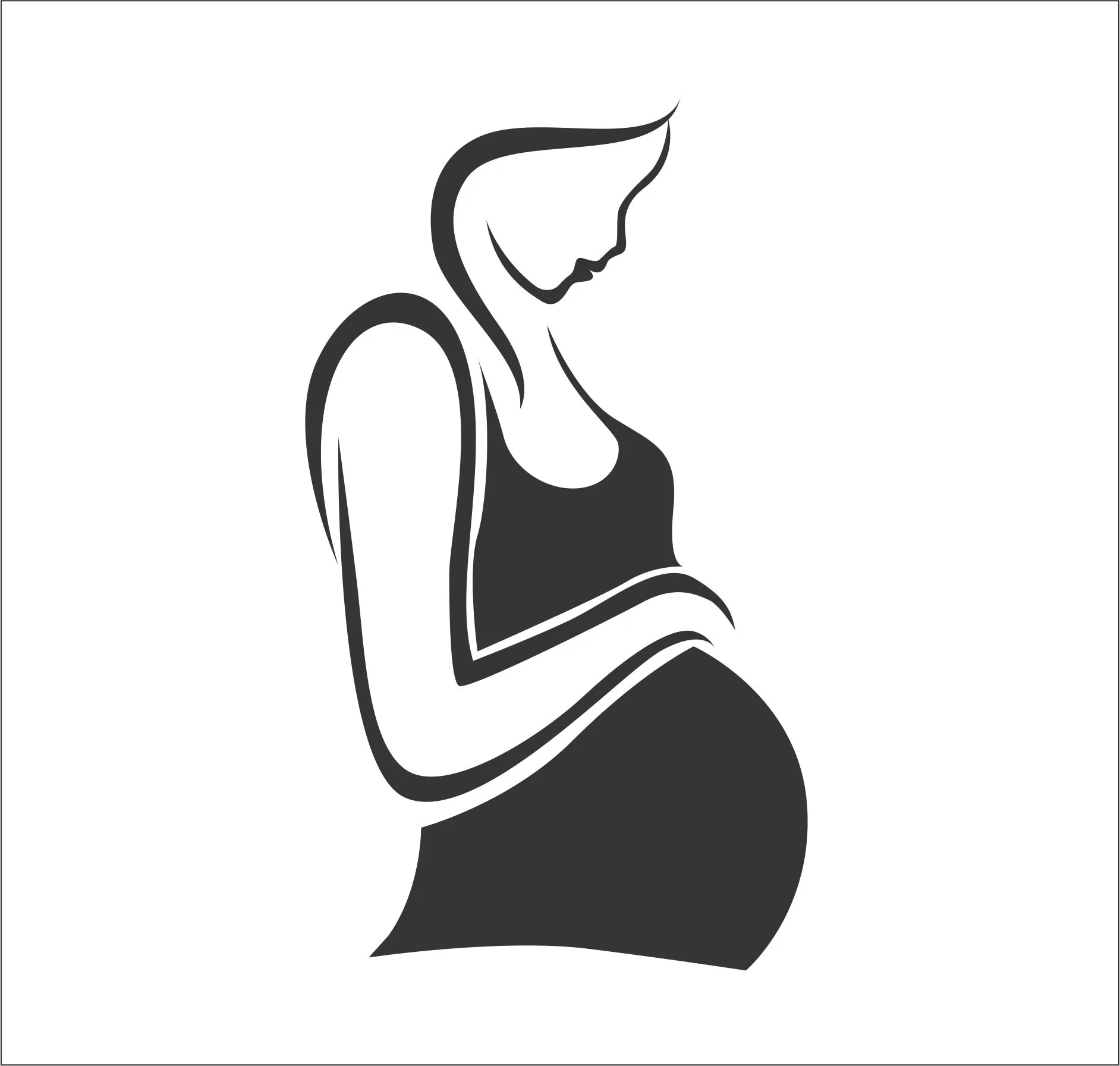In a quiet moment last night, my wife, who has been my partner for over three decades, entered the living room where I was immersed in preparing for a discussion on American literature, specifically Henry James’s “The Art of Fiction.” My focus on the rich themes of democracy and truth in literature was interrupted by her earnest voice.
“I need you to listen carefully and not panic,” she began. “My mother was the same age I am now when she and my father had to leave everything behind to come to this country. I hear that in New Zealand, you can hike freely without worrying about snakes or other creatures.”
While she knows snakes aren’t a real threat, it’s the dangers of our current environment—the harsh taunts of “Sand N*gger”—that she wishes to escape. It’s a fear rooted in the painful memories of a woman whose entire family fled an oppressive regime, aware of the real risks they faced. The scars left by a government that persecuted those who challenged its authority were a stark reality for her family, who might have suffered greatly had they not found refuge in the United States.
My wife, originally from Iran, received her green card in the mid-1980s, followed by full citizenship a few years later. Our children were born here, yet the day after Donald Trump was elected, our youngest daughter reached out, anxious about what this new reality could mean for “Mommy and her Persian family.”
I reassured her that as full citizens, we had nothing to fear from our government. I wanted so desperately to believe that it was true.
I remember the day we traveled from Knoxville to Memphis for my wife’s green card hearing. We were nervous as we had to retake her ID photo, ensuring her ear was visible. Testifying under the stern gaze of a portrait of then-President Reagan—who had made deals with the very regime my wife escaped—was surreal.
The waiting room was filled with hopeful faces, but one man turned to me, saying, “We all have it tough here, but no one has it as tough as these poor Iranians.”
Later, as I joined my wife in the interrogation room, I longed to hold her hand, but that wasn’t permitted. The INS officer scrutinized me, questioning, “So, you live with these people? What do you contribute at home?”
“I cut the grass,” I replied, “and sometimes I cook and help with the dishes. But I’m mostly busy with my doctoral studies.” He dismissed my explanation with a noncommittal grunt, stating I would hear back soon.
Yet, “soon” stretched into six long months, during which my wife couldn’t accept a job. We were living off a $480 monthly stipend in a chilly, old Victorian house. Finally, one winter morning, we received a letter saying, “We need more time to investigate your case.”
I responded, asserting my right as an American to invite them for an in-home investigation. Two weeks later, her green card arrived, devoid of an apology or any welcoming gesture.
That was over thirty years ago. Since then, my wife has earned her master’s degree in counseling psychology and has helped countless individuals navigate life’s challenges, from eating disorders to relationship issues. She has been a significant asset to our community, embodying the spirit of resilience.
Yet, now she grapples with anxiety over the trajectory of her adopted homeland. After our conversation last night, she mused, “Maybe I could continue my counseling work in New Zealand; they mostly speak English, right?” We then watched Chris Hayes interview an Iranian-American law professor, who shared her childhood experiences of shouting “Death to America” under the oppressive regime. Now, she stands as a beacon of hope, teaching at a prominent law school, her smile reflecting a life of freedom, much like my wife’s.
I worry for my daughter, not wanting her to live in fear of losing her identity or her place in this country. Last winter, she spent her spring break in Turkey, saying, “Maybe it’s as close as I’ll ever get to Iran.” Her excitement was palpable, but I now wonder if we’ll still be able to share such dreams freely in the future or if we’ll need to confine them to our hearts.
For more insights on navigating similar journeys, you can check out this post on Cervical Insemination. Additionally, if you’re considering at-home insemination, visit Make a Mom, a reputable source for at-home insemination kits. For further information and resources on pregnancy and home insemination, ASRM’s resource page is an excellent place to start.
In summary, it’s essential to confront fears surrounding identity, belonging, and the future while embracing the strengths that come from our diverse backgrounds.
